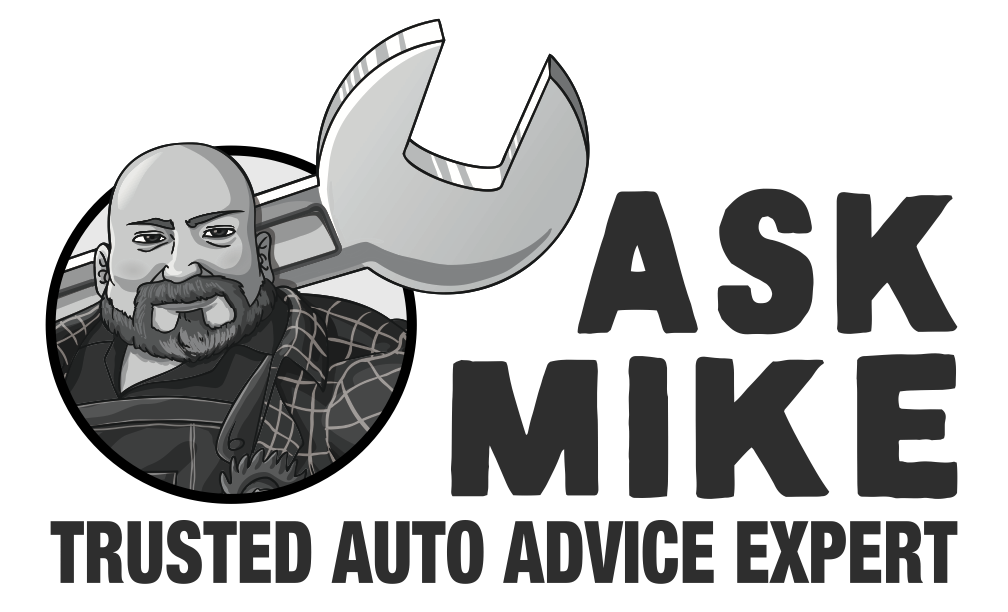Dear Mike,
I hope this email finds you well. I recently came across a situation that has me wondering about my car’s tire pressure. What exactly happens if I let my vehicles tire pressures get too low? I’m sure this is an important factor when it comes to maintaining my car’s safety, but I’m not entirely sure of the consequences.
Your expertise would be greatly appreciated.
Sincerely,
Heather
Hey Heather!
Thanks for reaching out! You’re absolutely right about tire pressure being crucial for your car’s safety. I’m glad you’re taking the initiative to learn more about it.
Let me tell you, low tire pressure can cause a myriad of problems. For one, it can shorten the lifespan of your tires. The rubber wears out faster when it’s not fully inflated. And nobody wants to replace tires before they need to, right?
Low tire pressure can also affect your car’s performance. It hurts fuel economy, which means you’ll be paying more at the pump. And when your car has to work harder to move, it puts more strain on the engine, which can lead to costly repairs down the road.
But the most dangerous consequence of low tire pressure is the risk of a blowout. As I mentioned earlier, when a tire is underinflated, it flexes too much, which leads to heat buildup. This can cause the tire to fail suddenly, and when you’re on the highway at high speeds, it can be a disastrous situation. Trust me, you don’t want to experience a blowout.
Another problem with low tire pressure is that it worsens your car’s handling. Underinflated tires don’t respond as quickly or as accurately to your steering and braking inputs. This can be especially dangerous in emergency situations, like when you need to avoid an accident.
So, how do you know if your tire pressure is too low? Well, the first thing to do is to check the recommended pressure for your car. You can find this information on the driver’s side doorjamb or in the owner’s manual. Then, you should use a handheld tire-pressure gauge to check the pressure in each tire. If the readings are lower than the recommended pressure, you should add air until they’re at the right level.
It’s a good idea to check your tire pressure regularly, at least once a month, and especially before long road trips. And don’t forget that the tires need to be cold when you check the pressure for an accurate reading.
Hope this helps, Heather! Keep those tires properly inflated and drive safe.
Cheers,
Mike Urban
